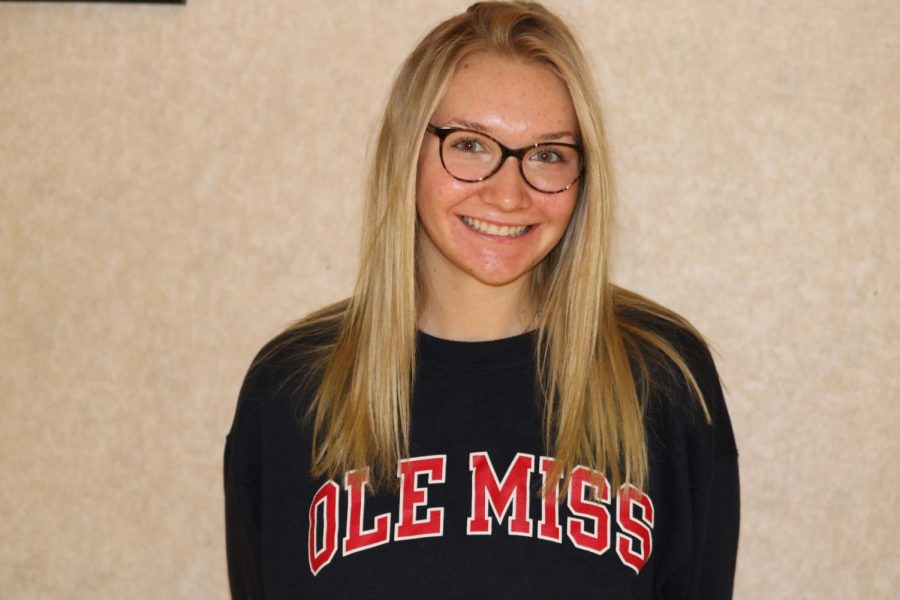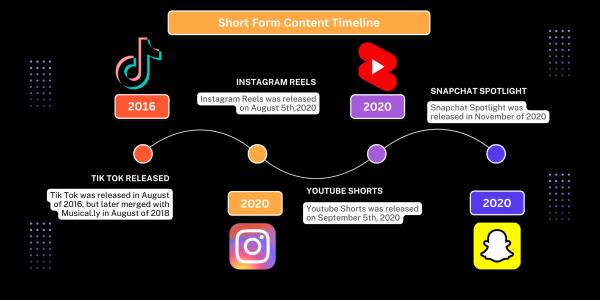The Path to Play College Sports
Many children dream of being a college athlete. But continuing to play a varsity level sport in college happens for one in 14 high school athletes, according to the National College Athletic Association (NCAA). For that seven percent of student-athletes, they go through a long and complex recruitment process.
This typically starts with the athlete contacting coaches of schools they are interested in. The potential recruit needs to keep their grades above a certain level, depending on what division they aim to play in: Division I players need a 2.3 or higher GPA and to take 16 core academic courses, and Division II and III players need a 2.2 or higher GPA and to take 16 core academic courses, the NCAA’s website states.
Then, the process proceeds with athletes going to camps or showcases so the college coaches
can evaluate and see them play in person, or the coach will come to an interested player’s game. Finally, the hopeful athlete waits for offers from universities. If given an offer to a Division I or II school, the player will verbally commit to the university and will officially be a part of the team once they sign a National Letter of Intent.
Depending on the athlete, the recruiting process could start as early as middle school or not until one’s junior year, and it could last anywhere from a few months or years in length.
The recruitment process for college sports has rapidly changed since the rise of the internet and social media. College coaches are able to search online for potential recruits and will receive interest emails with videos directly from the athletes.
Senior Hunter Lynch describes how important the emailing process was for him. After realizing that he wanted to continue his career as a soccer goalie in college, Lynch emailed multiple universities his club soccer schedule and some game film during his junior year.
“You never know when someone will respond,” Lynch stated regarding the number of emails he sent. He did get responses from multiple schools, but in the end, Lynch committed to Carroll University, a Division III school in Waukesha, Wisconsin.
Similarly, Kristine Kropp, who signed to the University of Detroit Mercy’s women’s lacrosse team, stressed the amount of times she reached out to universities. After getting looked at by Division I, II and III schools, Kropp ultimately decided to play with the Titans, a Division I team, due to liking the coach, team and school’s academic opportunities.
She is also excited to continue to play and room with a girl who is on her club lacrosse team. Kropp, who plans to work in the medical field, specifically enjoys that within the athletic program at the University of Detroit Mercy, there is built-in study time: “You have to clock in and study for a total of five hours per week, so it really helps you stay on top of your stuff, which I really need.”
Another factor that Kropp took into account was the social aspect of playing a sport in college. “I’ll have a built-in group of people that I already know and I can go to,” Kropp explained when asked what she was most excited about for college.
Like Kropp and Lynch, junior volleyball player Peyton O’Brien took the lead into looking at schools, but they all received help from their parents and coaches. For instance, volleyball recruitment rules don’t allow for college recruiters to reach out directly to players, so O’Brien had to communicate through her coaches in order to go through the process, and she used a website called SportsRecruitment to showcase herself.
On that site, O’Brien was contacted, through her coach, by the University of Mississippi. O’Brien then went down to the school, instead of going to her sophomore homecoming dance, to play in front of the coach, which led to an offer that weekend. She committed that same weekend to the Division I school as a sophomore in high school.
Although O’Brien verbally committed three years before she is able to actually play, 2019 brought about a new NCAA rule that states that it is illegal for universities to offer scholarships to players until Sept. 1 of an athlete’s junior year in high school. Similar to volleyball’s recruitment rules, coaches can now only contact a player via their coach until that Sept. 1 date.
In the near future, the recruitment process will likely continue to evolve due to a new NCAA rule allowing college athletes to make some money, which will be in place within each division in January 2021. A player can get paid based on “their name, image and likeness in a manner consistent with the collegiate model,” according to the NCAA, and they later reference that “athletes are students first and choose to play a sport they love against other students while earning a degree.”
The rule was changed in part due to California instituting the “Fair Pay to Play” law that, in 2023, makes it illegal for colleges to punish athletes for taking endorsement money. About a dozen more states, including Illinois, are considering passing a similar law. The NCAA decided on Oct. 29 to adjust their policy on athletics and sponsorships since it would be unfair to students who go to schools in states besides California, according to ESPN.
O’Brien shared that she agrees with the rule change since “with athletes, there is not any time for [them] to get a job…so there’s no way that [athletes] can make money besides scholarship.”
While the NCAA has expressed that they want to “protect the recruitment environment,” speculation over the internet says that universities will use how much their players make as a way to get high school kids to commit to that school rather than others. USA Today reported that high school coaches who have a lot of experience with the recruitment process will encourage recruits to play closer to home so they are known by the community, which could allow them to make more money compared to how much they could make at different schools.
“I think that athletic scholarships are ‘gifts that keep on giving’ as higher education is a priceless benefit, but I do think that today’s college athletes, especially on a D1 and D2 level, are doing more than they used to,” said College Resource Counselor Ms. Amy Belstra in an email. “If your face is used in a video game, it’s flattering, yes, but shouldn’t you be compensated in some way for that?”







